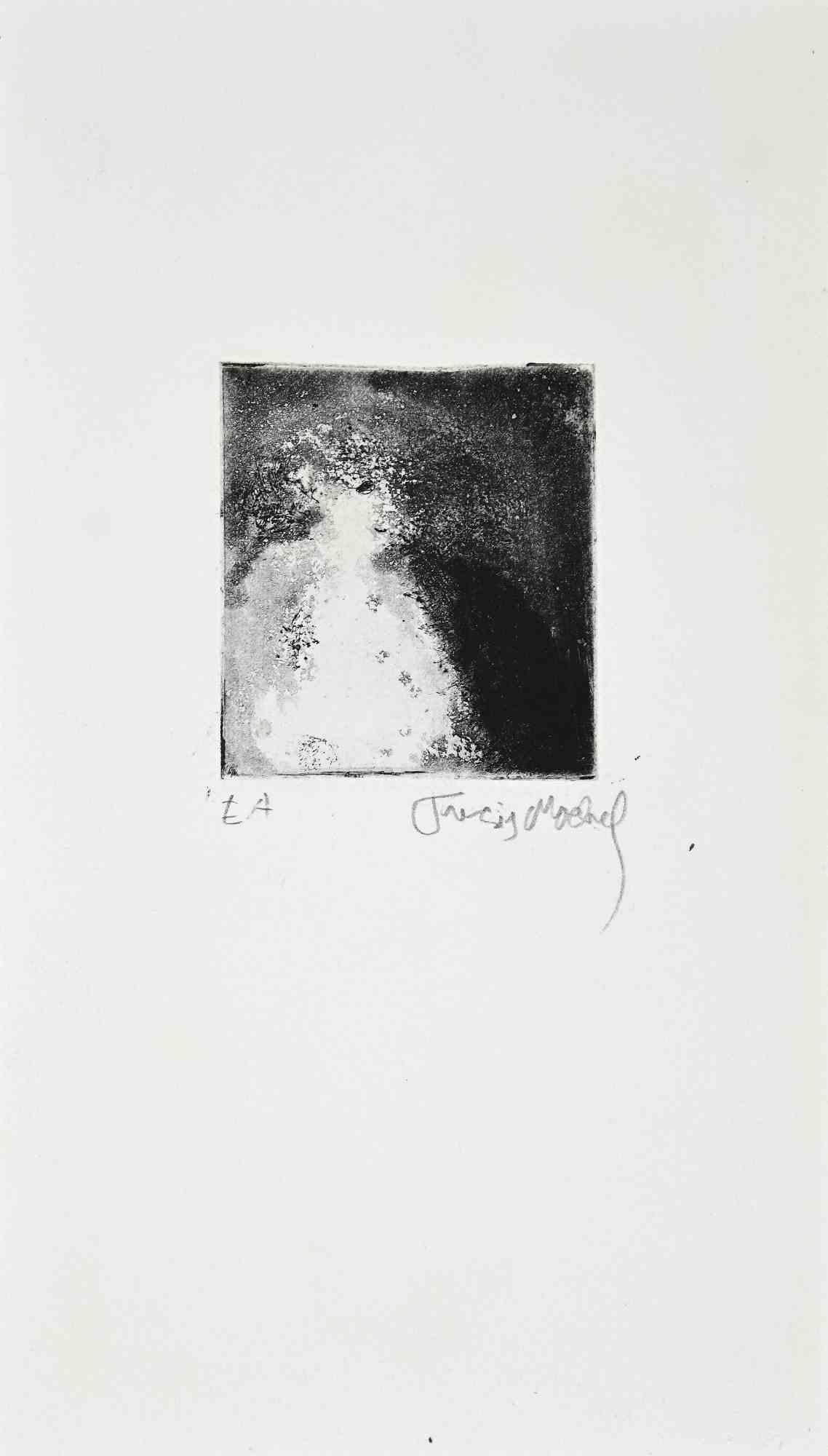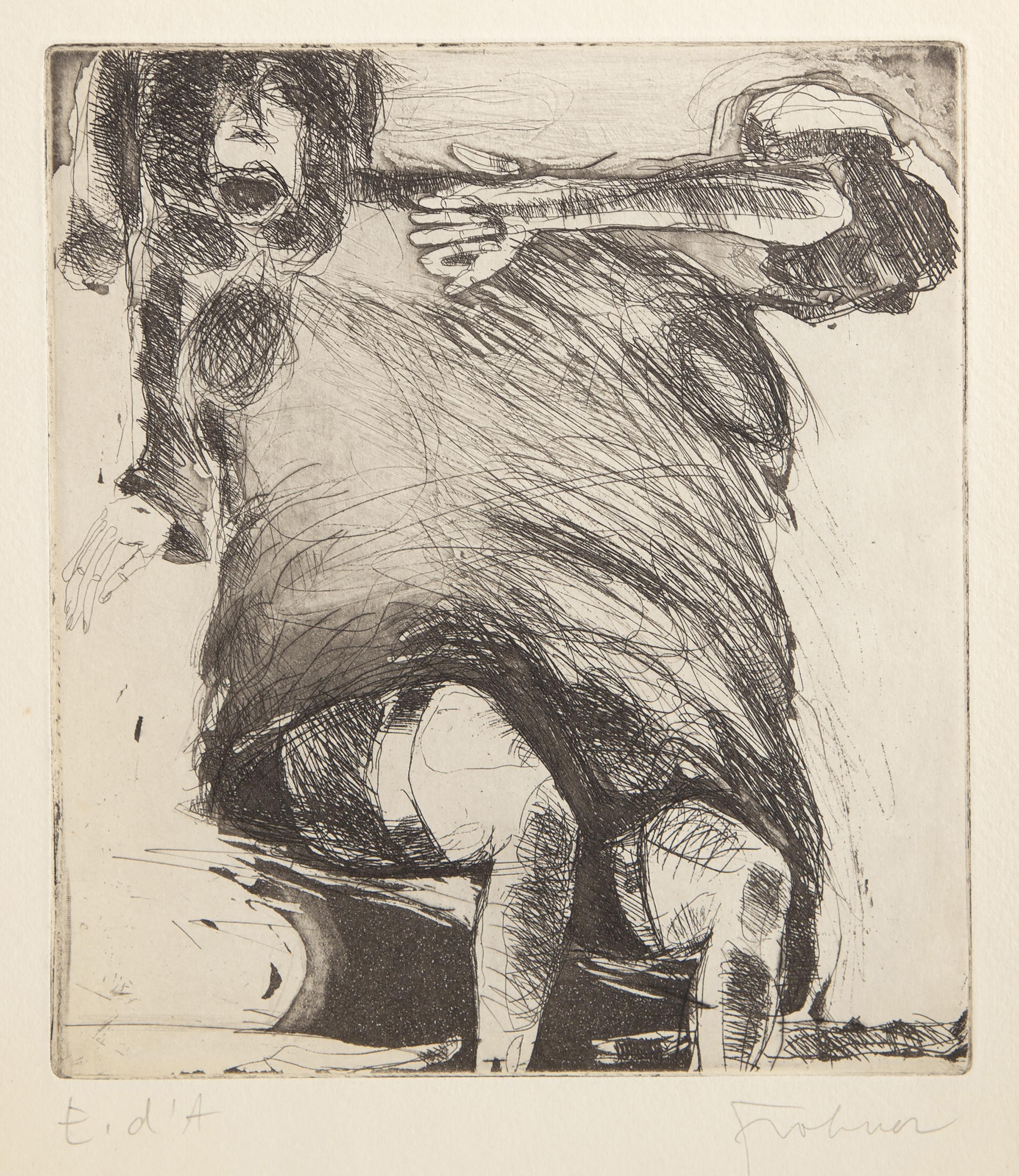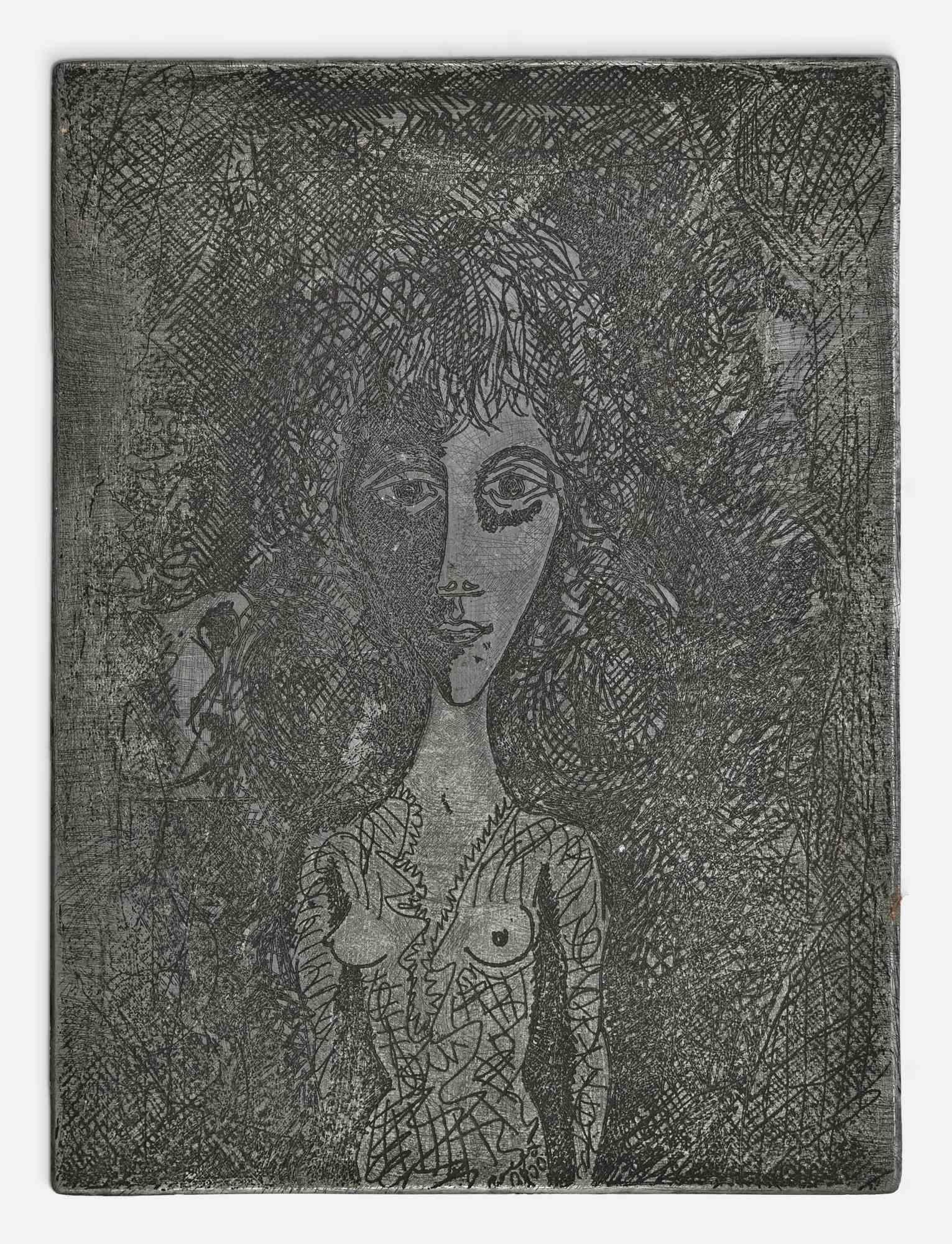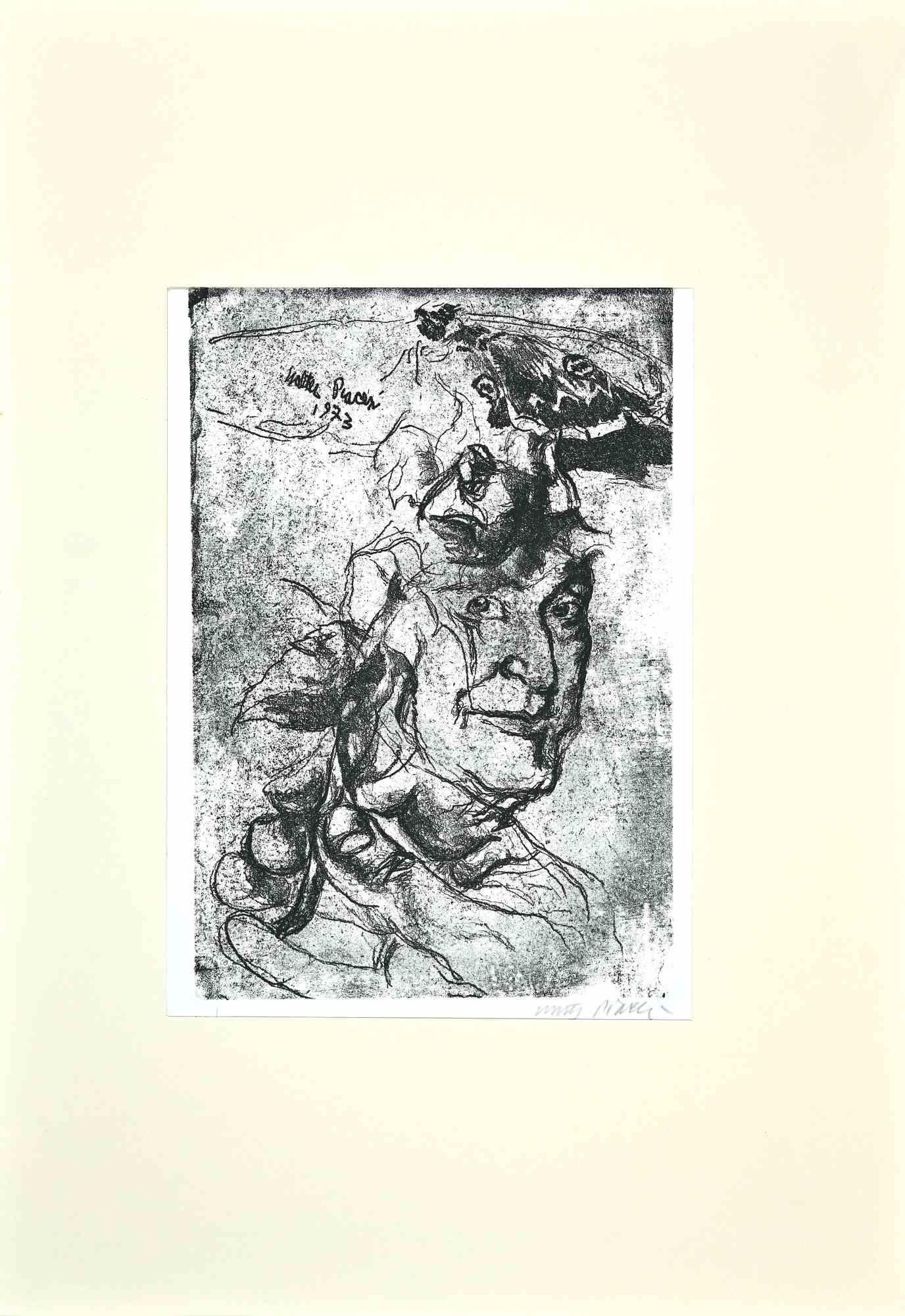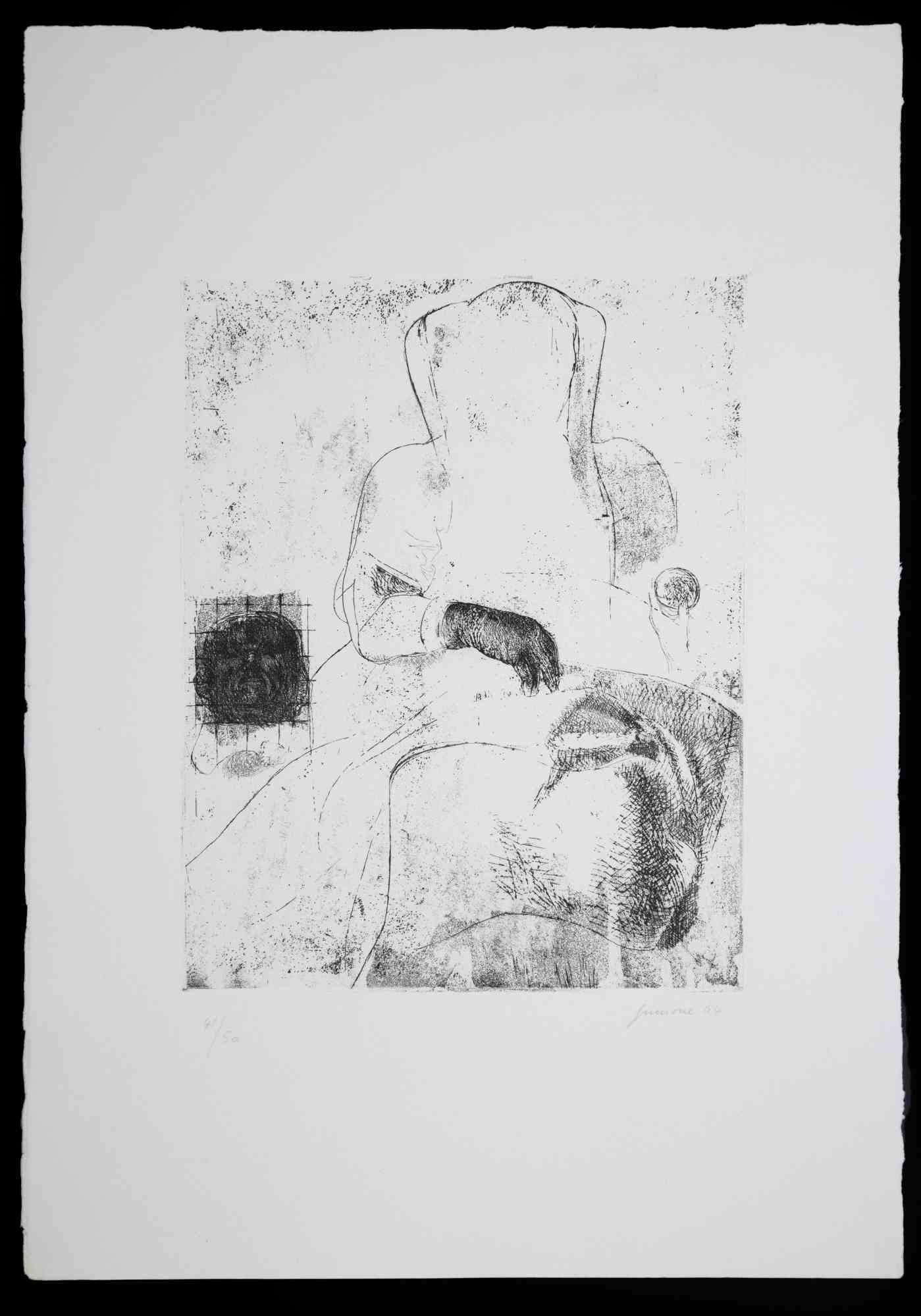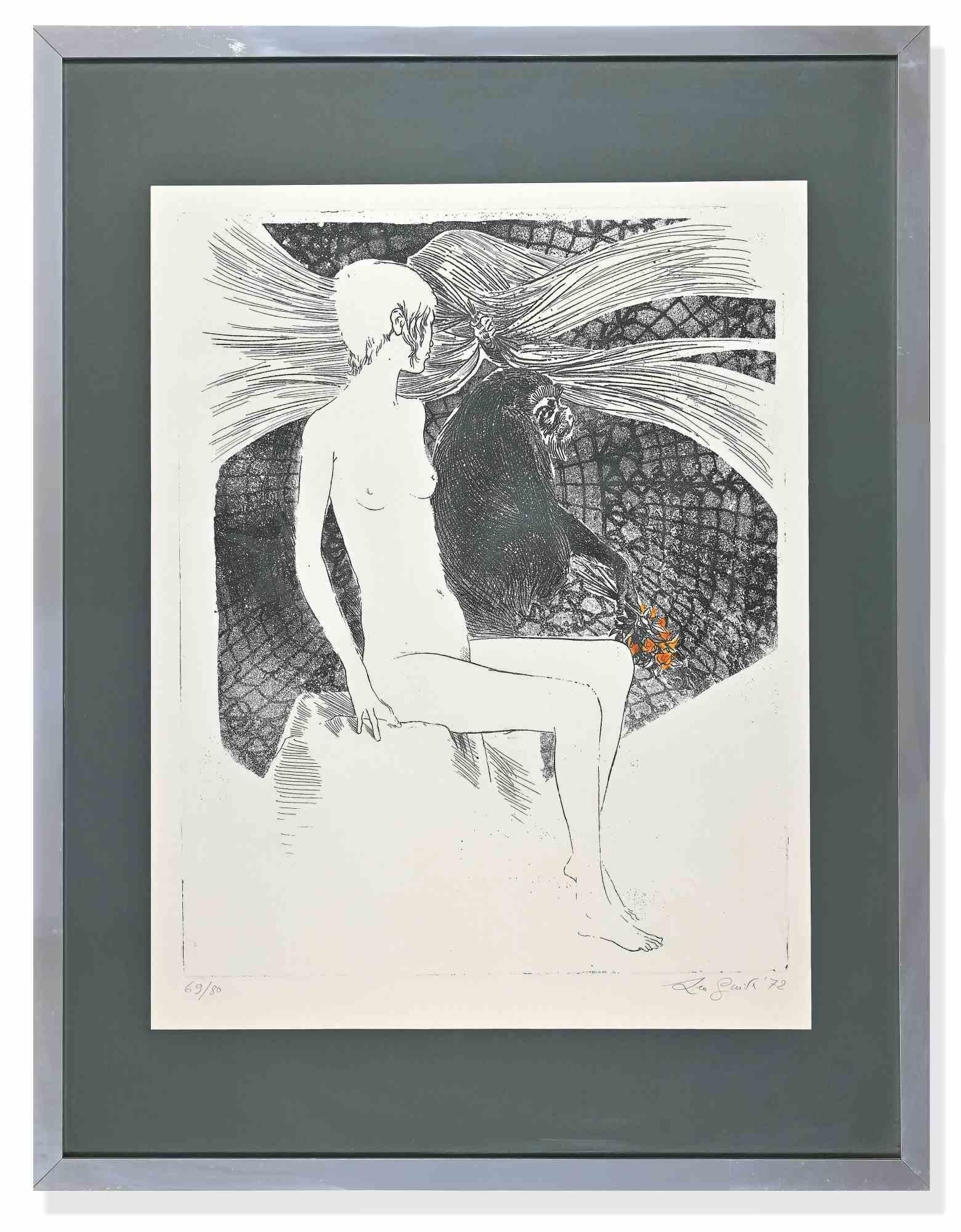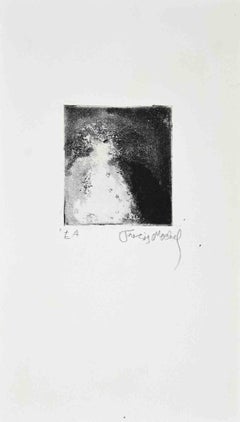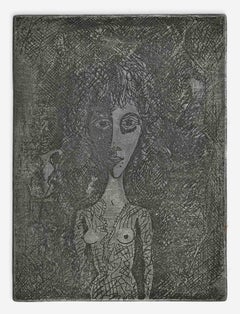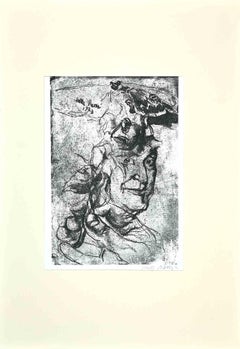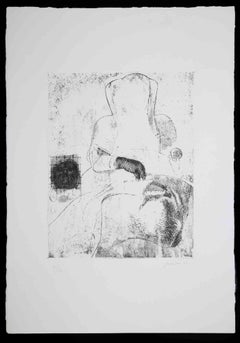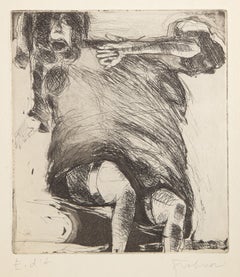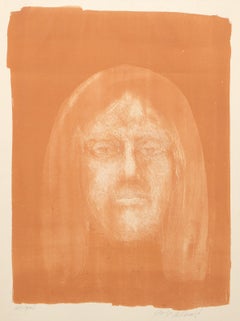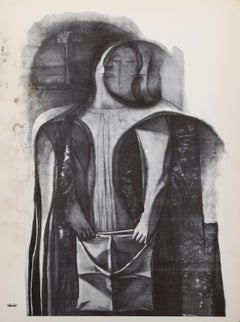Items Similar to Portrait of Woman - Original Etching by Johnny Friedlaender
Want more images or videos?
Request additional images or videos from the seller
1 of 5
Johnny FriedlaenderPortrait of Woman - Original Etching by Johnny FriedlaenderSecond Half of 1900
Second Half of 1900
$1,608.10
$2,144.1325% Off
£1,204.21
£1,605.6125% Off
€1,350
€1,80025% Off
CA$2,241.19
CA$2,988.2525% Off
A$2,458.04
A$3,277.3825% Off
CHF 1,285.50
CHF 1,71425% Off
MX$29,699.81
MX$39,599.7525% Off
NOK 16,129.36
NOK 21,505.8125% Off
SEK 15,203.87
SEK 20,271.8325% Off
DKK 10,277.25
DKK 13,703.0125% Off
About the Item
Artist's Proof, Hand signed.
Edition of 50 prints.
Image Dimensions : 42 x 55 cm
Very good conditions.
This artwork is shipped from Italy. Under existing legislation, any artwork in Italy created over 70 years ago by an artist who has died requires a licence for export regardless of the work’s market price. The shipping may require additional handling days to require the licence according to the final destination of the artwork.
- Creator:Johnny Friedlaender (1912 - 1992, Polish)
- Creation Year:Second Half of 1900
- Dimensions:Height: 24.41 in (62 cm)Width: 16.93 in (43 cm)Depth: 0.04 in (1 mm)
- Medium:
- Movement & Style:
- Period:
- Condition:Insurance may be requested by customers as additional service, contact us for more information.
- Gallery Location:Roma, IT
- Reference Number:Seller: J-775021stDibs: LU65034318702
Johnny Friedlaender
Johnny Gotthard Friedlaender was born in Pless (Silesia) and his early studies were in Breslau under Otto Mueller. In 1936 Friedlaender journeyed to Czechoslovakia, Switzerland, Austria, France and Belgium. At the Hague he held a successful exhibition of etchings and watercolours. He fled to Paris in 1937 as a political refugee of the Nazi regime with his young wife, who was an actress. In that year he held an exhibition of his etchings which included the works: L 'Equipe and Matieres et Formes. From 1939 to 1943 he was interned in a series of concentration camps, but survived. After freedom in 1944 Friedlaender began a series of twelve etchings entitled Images du Malheur with Sagile as his publisher. In the same year he received a commission to illustrate four books by Freres Tharaud of the French Academy. In 1945 he performed work for several newspapers including Cavalcade and Carrefour. In 1947, he produced the work Reves Cosmiques, and in that same year he became a member of the Salon de Mai, which position he held until 1969. In the year 1948 he began a friendship with the painter Nicolas de Stael and held his first exhibition in Copenhagen at Galerie Birch. The following year he showed for the first time in Galerie La Hune in Paris. After living in Paris for 13 years, Friedlaender became a French citizen in 1950. Friedlaender expanded his geographic scope in 1951, and exhibited in Tokyo in a modern art show. In the same year he was a participant in the XI Trienale in Milan, Italy. By 1953 he had produced works for a one-man show at the Museum of Neuchâtel and exhibited at the Galerie Moers in Amsterdam, the II Camino Gallery in Rome, in São Paulo, Brazil and in Paris. He was a participant of the French Italian Art Conference in Turin, Italy that same year. Friedlaender accepted an international art award in 1957, becoming the recipient of the Biennial Kakamura Prize in Tokyo. In 1959 he received a teaching post awarded by UNESCO at the Museum of Modern Art in Rio de Janeiro. By 1968, Friedlaender was travelling to Puerto Rico, New York and Washington, D.C. to hold exhibitions. That year he also purchased a home in the Burgundy region of France. 1971 was another year of diverse international travel including shows in Bern, Milan, Paris, Krefeld and again New York. In the latter city he exhibited paintings at the Far Gallery, a venue becoming well known for its patronage of important twentieth century artists. 1978 brought a retrospective of Friedlaender's works at the Musee d'Art Moderne de la Ville de Paris. He was awarded the Lovis Corinth Prize in Regensburg three years later. On his 75th birthday, Friedlaender was given a retrospective in the Bremen Art Museum. On his 80th birthday he held a retrospective exhibition in Bonn at the municipal council offices. Friedlaender died in Paris at the age of 89.
About the Seller
4.9
Platinum Seller
Premium sellers with a 4.7+ rating and 24-hour response times
1stDibs seller since 2017
7,712 sales on 1stDibs
Typical response time: 2 hours
- ShippingRetrieving quote...Shipping from: Roma, Italy
- Return Policy
Authenticity Guarantee
In the unlikely event there’s an issue with an item’s authenticity, contact us within 1 year for a full refund. DetailsMoney-Back Guarantee
If your item is not as described, is damaged in transit, or does not arrive, contact us within 7 days for a full refund. Details24-Hour Cancellation
You have a 24-hour grace period in which to reconsider your purchase, with no questions asked.Vetted Professional Sellers
Our world-class sellers must adhere to strict standards for service and quality, maintaining the integrity of our listings.Price-Match Guarantee
If you find that a seller listed the same item for a lower price elsewhere, we’ll match it.Trusted Global Delivery
Our best-in-class carrier network provides specialized shipping options worldwide, including custom delivery.More From This Seller
View AllPortrait of Woman - Original Etching by Francis Mockel - 1960s
Located in Roma, IT
Portrait of Woman is an original etching realized by Francis Mockel (1940)
Limited edition of some copies numbered and signed.
Good condition, on a white little cardboard.
Francis...
Category
Mid-20th Century Surrealist Figurative Drawings and Watercolors
Materials
Pen, Pencil
Portrait of a Woman - Etching Plate by Gianpaolo Berto - 1974
By Gianpaolo Berto
Located in Roma, IT
Portrait of a woman is an original artwork realized by Gianpaolo Berto in the 1980s.
Engraved metal plate.
Gianpaolo Berto : A native of Adria, an eclectic and multifaceted artist...
Category
1970s Contemporary Figurative Prints
Materials
Engraving
$428 Sale Price
25% Off
Portrait - Etching by Walter Piacesi - 1973
By Walter Piacesi
Located in Roma, IT
Portrait is an etching realized by the Italian artist Walter Piacesi in 1973
This etching represents a portrait through confident strokes.
Hand-signed
Numbered. Edition, III/XX
...
Category
1970s Contemporary Portrait Prints
Materials
Etching
The Figure - Original Etching and Drypoint by Pietro Guccione - 1964
Located in Roma, IT
The Figure is an original Etching and Drypoint realized by Pietro Guccione in 1964.
Hand-signed.
Numbered, 41/50.
The artwork is depicted through confident strokes in a well-balan...
Category
1960s Modern Figurative Prints
Materials
Drypoint, Etching
Woman - Original Etching by Leo Guida - 1972
By Leo Guida
Located in Roma, IT
Woman is an original contemporary artwork realized by Leo Guida in 1972.
Black and white etching.
Hand signed and dated by the artist on the lower right margin.
Numbered on the lo...
Category
1970s Contemporary Figurative Prints
Materials
Etching
Portrait - Original Etching by Walter Piacesi - 1970s
By Walter Piacesi
Located in Roma, IT
Portrait is a wonderful etching realized by the Italian artist Walter Piacesi.
This etching represents a portrait through confident strokes.
Hand-signed
Numbered. Edition, VI/XX...
Category
1970s Contemporary Portrait Prints
Materials
Etching
You May Also Like
Woman, Modern Etching by Adolf Frohner
Located in Long Island City, NY
Adolf Frohner, Austrian (1934 - 2007) - Woman, Year: circa 1978, Medium: Etching, signed and numbered in pencil, Edition: E.D.A, Image Size: 7.75 x 7 inches, Size: 11.5 x 8.5 in. (...
Category
1970s Modern Figurative Prints
Materials
Etching
Woman, Modern Lithograph by George Lockwood
Located in Long Island City, NY
George Lockwood, American (1929 - 1969) - Woman, Year: circa 1963, Medium: Lithograph, signed, and numbered in pencil, Edition: AP, Image Size: 15.75 x 11.5 inches, Size: 20 x 13 i...
Category
1960s Modern Portrait Prints
Materials
Lithograph
Transcendent Mary V, Surrealist Lithograph by Morris Broderson
Located in Long Island City, NY
Morris Broderson, American (1928 - 2011) - Transcendent Mary V, Portfolio: The Atelier Portfolios, Number One: Morris Broderson, Year: 1961, Medium: Lithograph, signed and dated i...
Category
1960s Surrealist Figurative Prints
Materials
Lithograph
Sylvia Roth, "The Empress, " Etching with Aquatint, circa 1980
By Sylvia Roth
Located in Long Island City, NY
Artist: Sylvia Roth
Title: The Empress
Year: circa 1980
Medium: Etching with Aquatint, signed and numbered in pencil
Edition: PP
Image Size: 23.5 x 22 inches
Size: 34 x 28.5 inches
Category
1980s Modern Figurative Prints
Materials
Etching, Aquatint, Intaglio
Vintage Etching Abstracted Portrait of Amazing Grace
By Claudette McElroy
Located in Soquel, CA
Bold, slightly abstracted etching of an elderly woman titled "Amazing Grace" by Claudette McElroy (American, b. 1943). Signed on verso "Claudette McElroy" in the lower right corner, ...
Category
Late 20th Century Contemporary Portrait Prints
Materials
Paper, Ink, Etching
$680 Sale Price
20% Off
Fishes - Original Handsigned Etching, 1963
By Johnny Friedlaender
Located in Paris, IDF
Johnny FRIEDLAENDER (1912 - 1992)
Fishes
Original handsigned etching
On vellum BFK Rives
50 x 33 cm (c. 19.6 x 13 inch)
Excellent condition, the sheet is slightly yellowed
Category
1960s Modern Animal Prints
Materials
Etching
More Ways To Browse
Yoshitomo Nara Real One
1965 Salvador Dali Prints
Aboriginal Art Print
Alaska Poster
Albertus Seba Coral Print
Aldo Mazza
Alice Oehr
Ancient Maps Of Africa
Antique Peony Botanical Prints
Antique White Sewing Machine
Anton Seder
Baden Powell
Baldessari Balls In The Air
Banksy Monkey Parliament
Boac Hermes
Brioni Art
Chicken Noodle Soup
Chris Ranes
